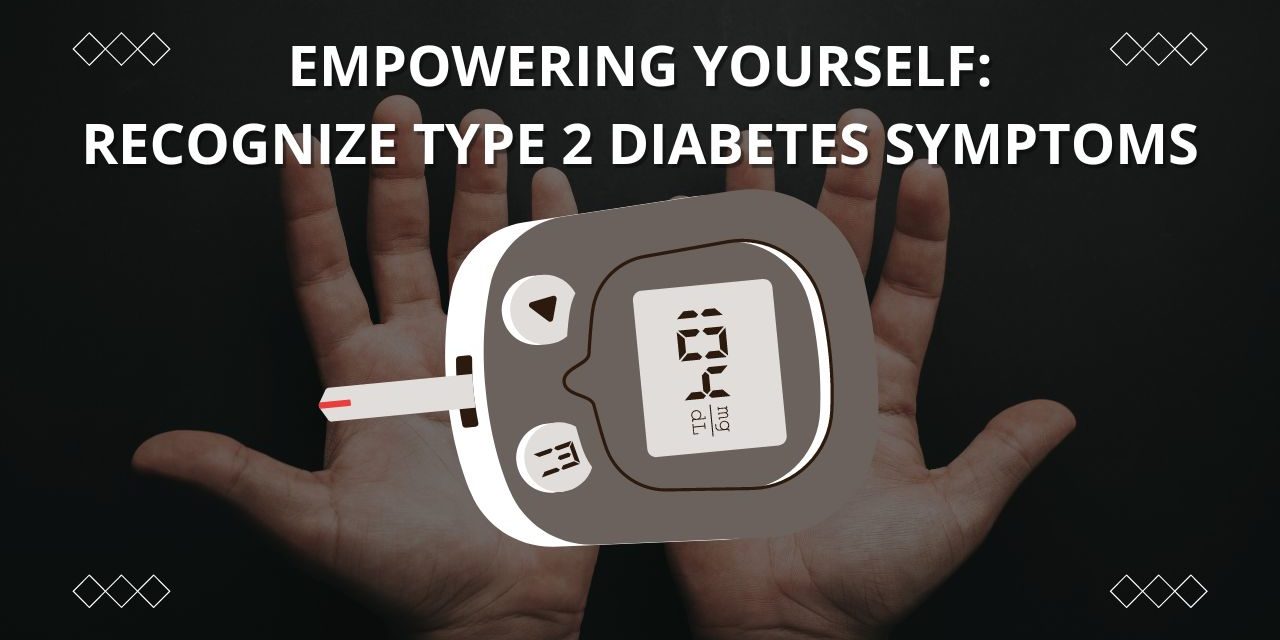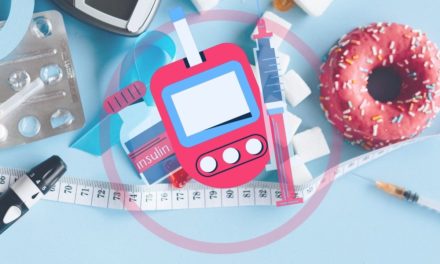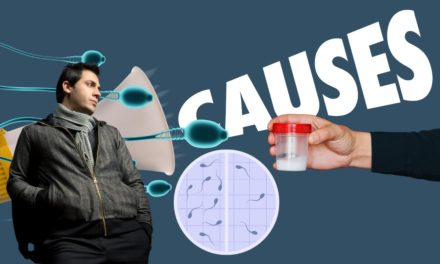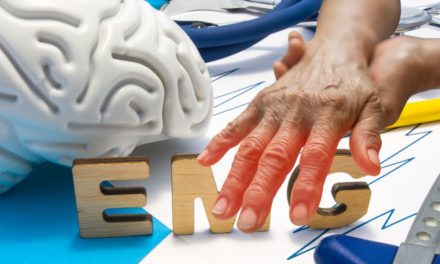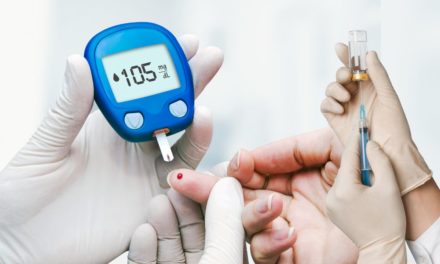Empowering yourself to recognize the symptoms of type 2 diabetes is essential for early detection and prompt management of the condition. By being aware of the signs and symptoms, you can take proactive steps to seek medical advice and make necessary lifestyle changes. Here’s a detailed explanation of how you can empower yourself to recognize the symptoms of type 2 diabetes:
1. Educate yourself:
Learn about type 2 diabetes, its causes, risk factors, and common symptoms. Understand how this condition affects the body’s ability to control blood sugar levels and the potential long-term complications associated with uncontrolled diabetes. Knowledge is power, and being well informed will help you recognize potential symptoms and their significance.
2. Know the common symptoms:
Familiarize yourself with the common symptoms of type 2 diabetes. These include increased thirst and frequent urination, unexplained weight loss or weight gain, persistent fatigue, increased appetite and cravings, slow wound healing, frequent infections, blurred vision, and numbness or tingling in the limbs. Irritation may be involved. Be alert and aware of any changes in your body or health that may indicate these symptoms.
3. Monitor your blood sugar levels:
If you have certain risk factors for type 2 diabetes, such as a family history of the condition, obesity, a sedentary lifestyle, or a history of gestational diabetes, monitor your blood sugar levels regularly. Consider the You can use a home blood glucose monitor or a continuous glucose monitoring system to track your levels. By keeping track of your blood sugar readings, you can spot any unusual patterns or persistently high levels that could indicate the presence of diabetes.
4. Take care of your body:
Pay attention to your body’s signals and cues. If you experience any of the possible symptoms of type 2 diabetes, don’t dismiss them as trivial. Instead, note these changes and consider discussing them with a health care professional. Keeping a health journal or diary can help you track symptoms, their frequency, and other relevant details.
5. Get regular checkups:
Regular medical checkups and screenings are very important for early detection of type 2 diabetes. Schedule regular appointments with your health care provider and discuss your concerns or any symptoms you may be experiencing. They are used to assess your blood sugar control and determine whether you have diabetes or prediabetes.
6. Seek professional advice:
If you suspect you may have type 2 diabetes or are experiencing symptoms, consult a health care professional immediately. They can perform a comprehensive evaluation, review your medical history, perform necessary tests, and provide an accurate diagnosis. Early diagnosis is key to preventing complications and initiating appropriate treatment.
7. Live a healthy lifestyle:
Even if you don’t currently have type 2 diabetes, adopting a healthy lifestyle can lower your risk and help maintain your overall health. Focus on maintaining a balanced diet rich in fruits, vegetables, whole grains and lean protein. Engage in regular physical activity, at least 150 minutes of moderate exercise each week. Manage stress levels, get enough sleep, and avoid excessive use of tobacco and alcohol.
By empowering yourself with knowledge, awareness, and proactive health care practices, you can recognize potential symptoms of type 2 diabetes and take the necessary steps for early intervention. Remember, if you suspect you may have diabetes or are concerned about your health, it is always best to consult a healthcare professional for proper diagnosis and guidance.

